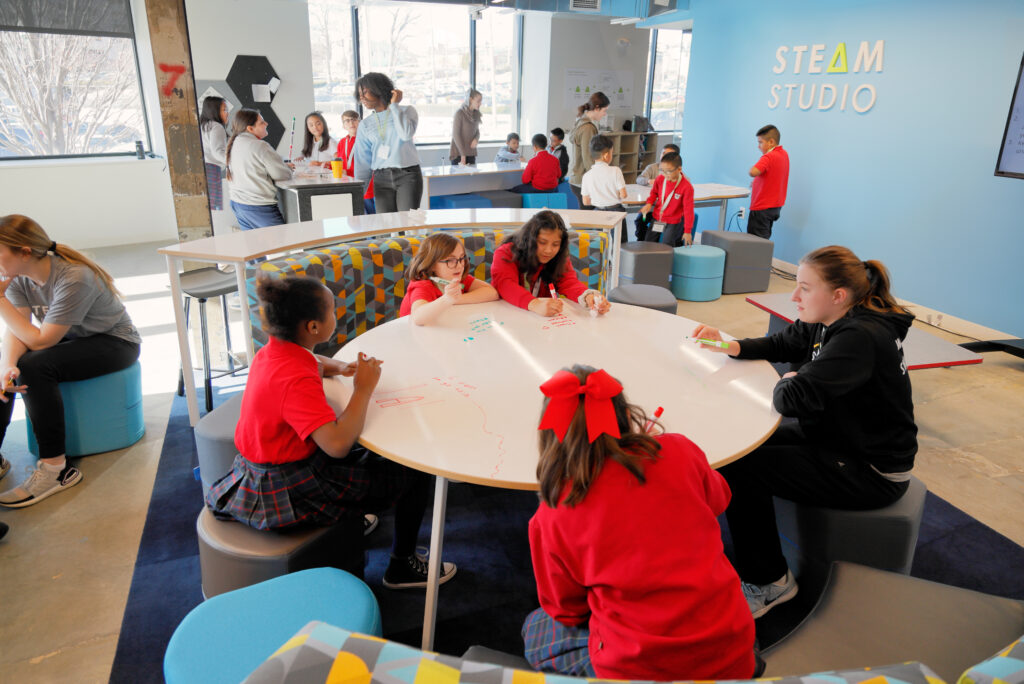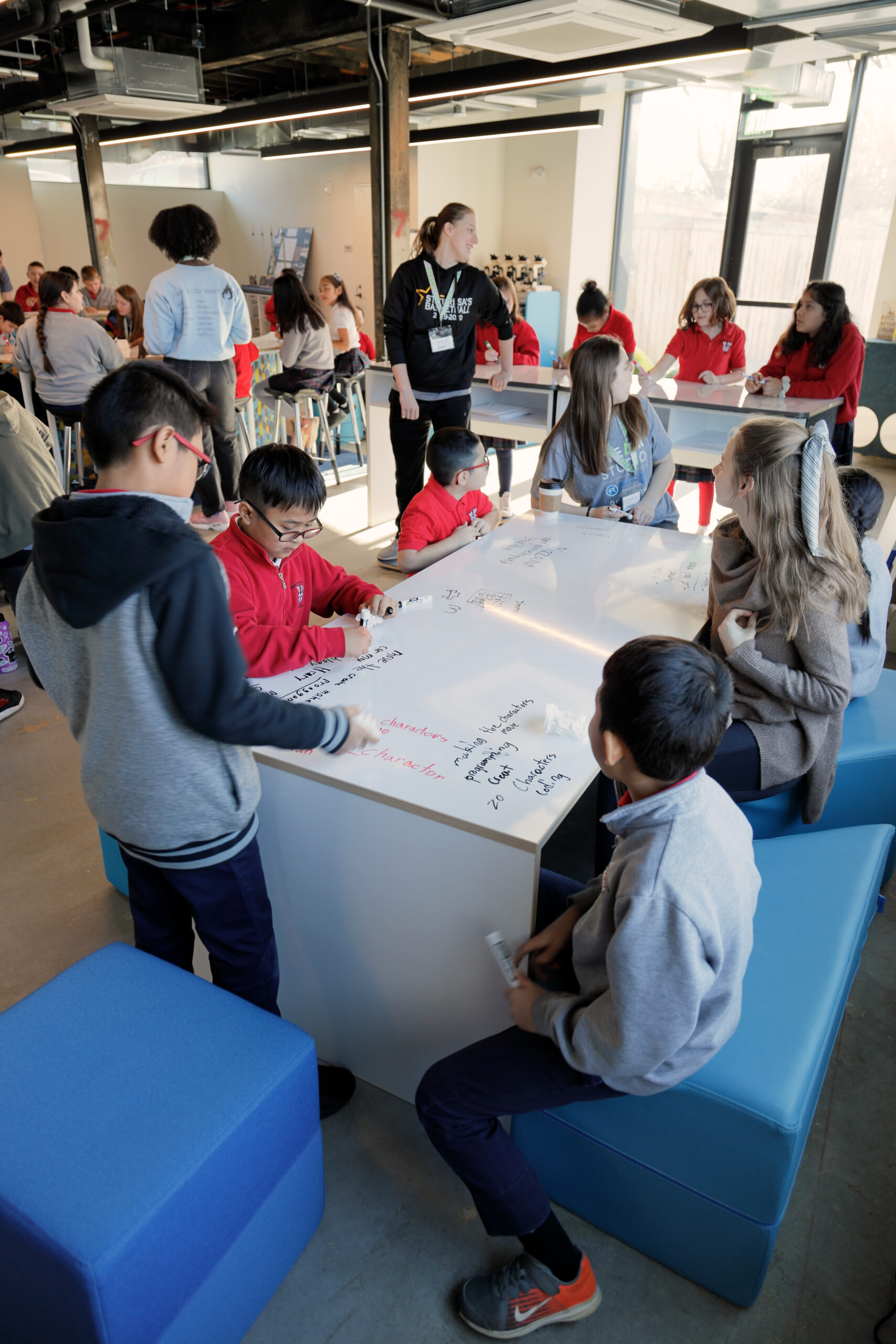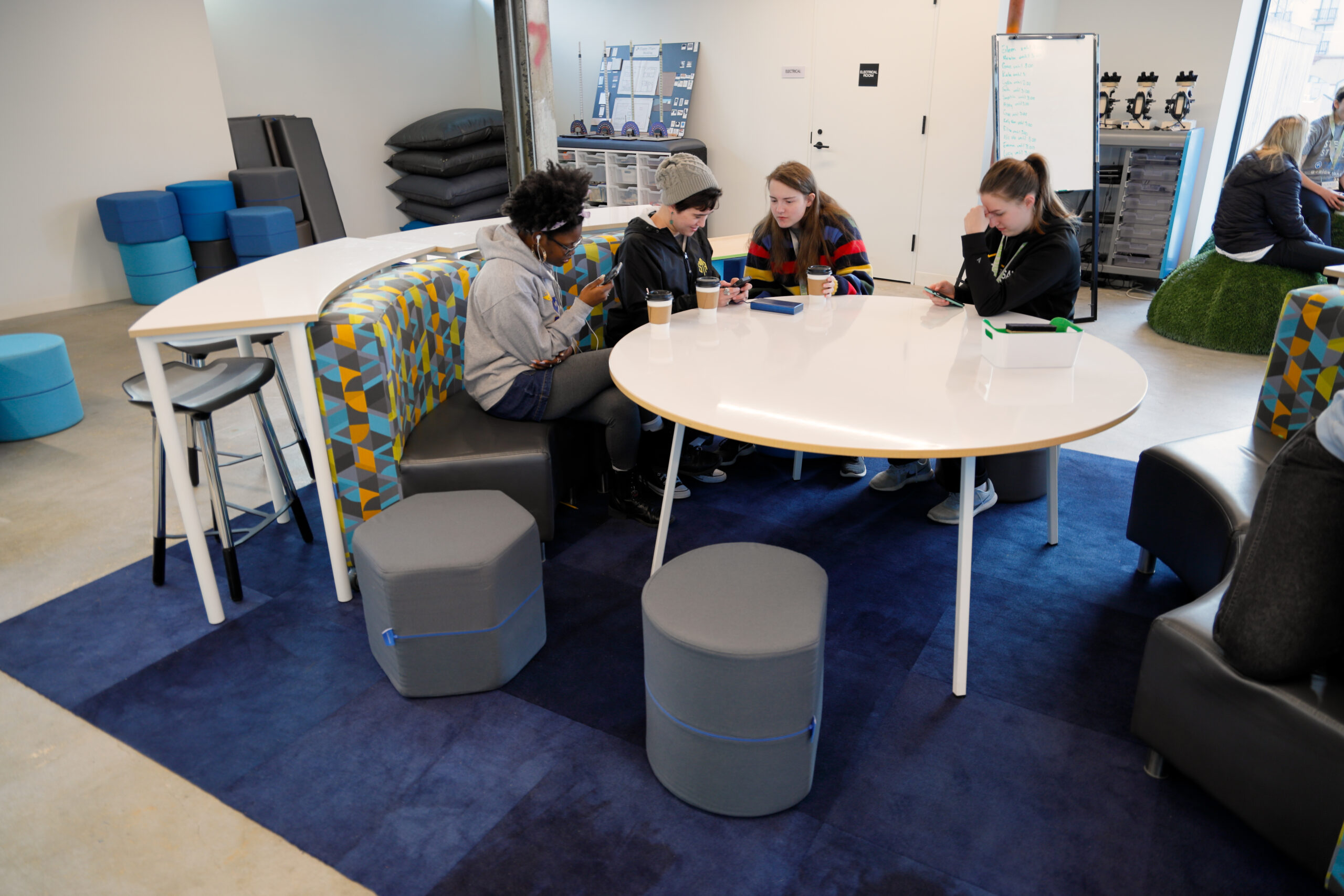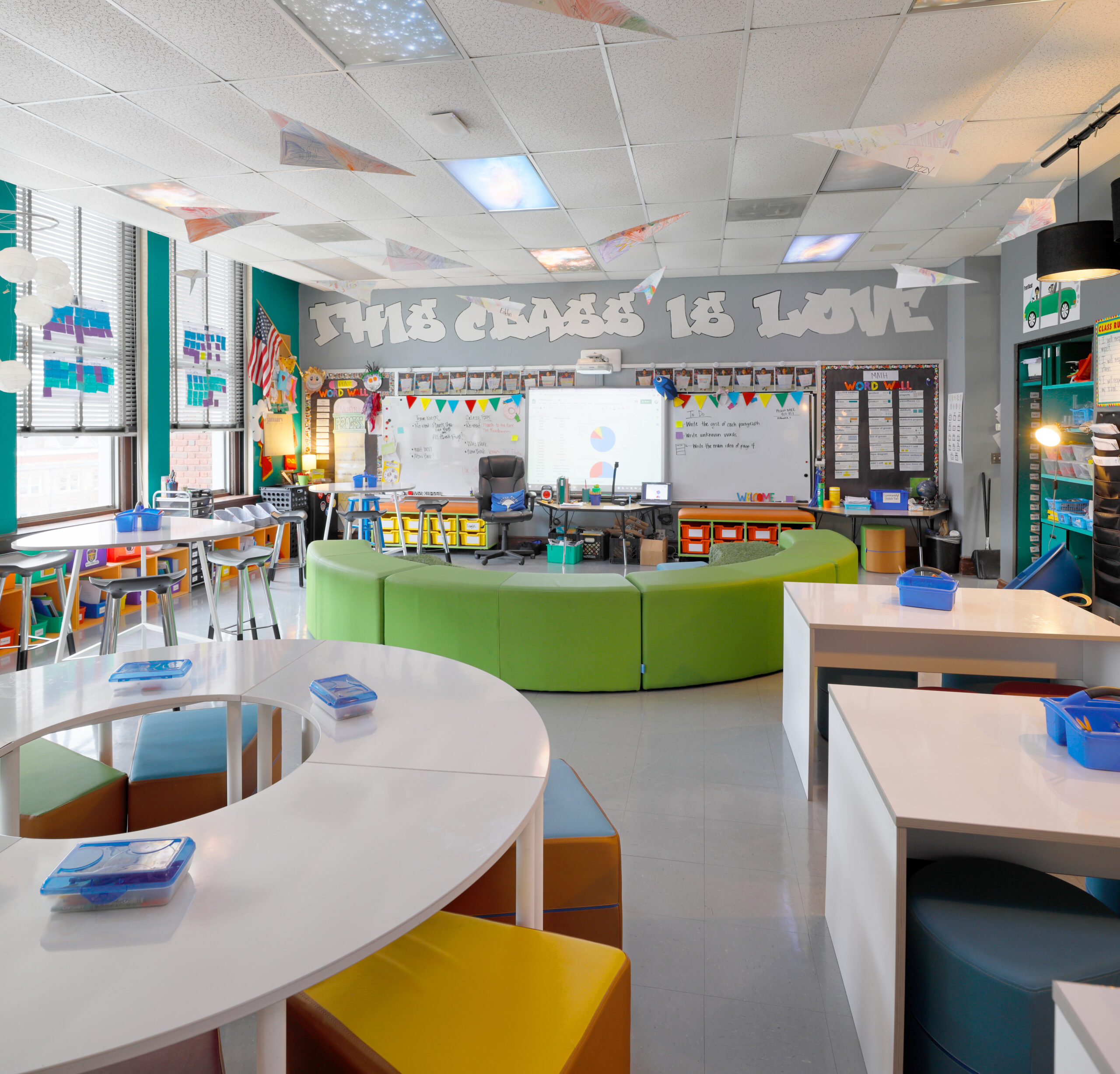The Connectedness of Choice
The act of selecting or making a decision when faced with two or more possibilities.
A range of possibilities from which one or more may be selected.
Of very good quality.
These are current working meanings of the term ‘choice’. It seems as though terms and phrases such as: choice, agency, autonomy, learner-centered are all the rage in 2024 educational banter. However, what does it exactly mean? What is the context of choice between the learning environment and pedagogical practices – and who is at the center of these choices?
Before diving into choice and the physical learning environment – the context and importance of choice must be explored…
Importance of Choice
Choice, in itself, supports cognitive functioning in a myriad of ways. One of which is reflective. ‘Reflecting on the decision and its consequences allows for adjustments and better strategies in similar future scenarios” (Pritt, 2024).
TapRoot Root Cause Analysis, published an article in June, 2024 titled: Cognitive Secrets: The Science Behind Decision-Making. This article was published following a series on ‘processes of memory’. Emphasizing the components of the brain that work together for working memory, long term memory, and decision making.
Components
- Prefrontal Cortex (PFC)
- Amygdala
- Basal Ganglia
- Anterior Cingulate Cortex (ACC)
These components work together through the following steps of decision making:
- Identifying the Decision
- Gathering Information
- Evaluating Alternatives
- Making the Choice
- Implementing the Decision
- Reviewing the Decision (reflective)
Through waves of research and brain mapping, it has been noted that the ‘two distinct functional-anatomical networks were revealed within the PFC: one associated with cognitive control and a second associated with value-based decision-making’ (Glascher, J., Adolphs, et al, 2012).
Derived from research, choice is a component of cognitive functioning and well-being which should be deemed pivotal within human development and growth.
Barry Schwartz notes in The Paradox of Choice that ‘Choice is what enables each person to pursue precisely those objects and activities that best satisfy his or her own preferences.’ He continues by discussing the point of choice in stating, ‘Freedom to choose has what might be called expressive value. Choice is what enables us to tell the world who we are and what we care about.’
It is blatant that choice is not only a cognitive function necessary for well-being, but an expressive value which quantitatively and qualitatively allows our accessibility to experience connectedness and happiness.
Schwartz challenges readers deeply by revealing, ‘Almost every social, moral, or political philosopher in the Western Tradition since Plato has placed a premium on such autonomy. And each new expansion of choice gives us another opportunity to assert our autonomy, and thus display our character.’
How does this information differ between facilitators and learners?
Continental Educational Publisher emphasizes the number of decisions an educator can make on a daily basis: at least 1,500 educational decisions each school day. ‘This means that in a six-hour (on average) day, teachers make four educational decisions every minute’ (Continental Educational Publisher, 2023).
What about learners?
Roberts Wesleyan University studies the amount of decisions adults and kids make in a given day. Suspecting that ‘an adult makes about 35,000 remotely conscious decisions each day [in contrast a child makes about 3,000] (Sahakian & amp; Labuzetta, 2013).
Why such a difference?
‘Changing brains mean that adolescents act differently from adults.’ Therefore, decision making processes vary depending on age group and developmental milestones. ‘Based on the stage of their brain development, adolescents are more likely to…’
- Act on impulse
- Misread or misinterpret social cues and emotions
- Get into accidents of all kinds
- Get involved in fights
- Engage in dangerous or risky behavior
Understanding the importance of choice, and observing how adults and kids go through decision making processes, one can presume the importance of choice within the physical learning environment.
Connectedness of Choice within Educational Environments
The design of a learning space can support adolescents with their decision making processes. Assisting the growth of this skill appropriately, allowing for true agency, connectedness, and happiness. Curating learning spaces with the following considerations promotes appropriate choice for both kids and adults:
- Social Connection
- Pretend Play
- Confidence Building
- Growing Flexible Thinking
- Sensory Input/Output
- Restorative Opportunities
- Organization
Choice exists within each of these environmental criterias. And should be drastically considered when designing spaces for experiential learning. Appropriate choice within a learning environment looks like:
- The ability to choose what type of seat to sit in and where.
- The ability to choose what type of work surface to utilize and where.
- The ability to rearrange pieces to construct a new learning space.
- The ability to choose what textures to feel – how to personally regulate.
- The ability to choose the level of noise to hear.
- The ability to choose which loose parts to use to concretely reflect my learning.
- The ability to choose how to move my body in order to think more clearly.
- The ability to choose what supports/resources I need to grow in transversal skills.
The list could go on and on! What an incredible opportunity an educational organization has, to promote cognitive functioning, well-being, connectedness, and happies – all by adding simple moments of choice and agency within the learning space!
Martin Seligman warns what can happen when an individual or people group is removed from the ability of choice.
Learned Helplessness
‘Seligman’s discovery of Learned Helplessness has had a monumental impact in many different areas of psychology. Learned Helplessness can affect future motivation to try. It can affect future ability to detect that you do have control in new situations. It can suppress the activity of the body’s immune system, thereby making helpless organisms vulnerable to a wide variety of diseases. It can lead to profound depression. So, it is not an exaggeration to say that our most fundamental sense of well-being crucially depends on our having the ability to exert control over our environment and recognizing that we do’ (Schwartz, 2016).
Could our stagnant educational environments be instilling Learned Helplessness for kids and adults? Does the weight of Learned Helplessness propel us towards progressive, choice-filled design?
Considering the connectedness of choice between cognitive functioning, well-being, and overall happiness – there MUST be a recognition of the importance of choice within educational design.
Helpful ways to design connected spaces (with old or new furniture):
- Engage the space as it’s a part of an ecosystem – discuss spatial layout between both facilitators and learners.
- Remove compartmentalization of ‘adult only’ and ‘kid only’ space.
- Incorporate opportunities for social connection (groups, pods, serpentine shapes, circular clusters, coves etc.)
- Consider pretend play for ALL age groups (opportunity for risky learning, loose parts, mixed/matched parts etc.).
- Emphasize gross motor movement within the physical space – pushing, stacking, pulling, swinging, swaying, standing etc.).
These are just a handful of ways to promote choice within the learning environment. Allowing both adults and kids to connect with themselves, to the space, and others physically, socio-emotionally, and cognitively.




